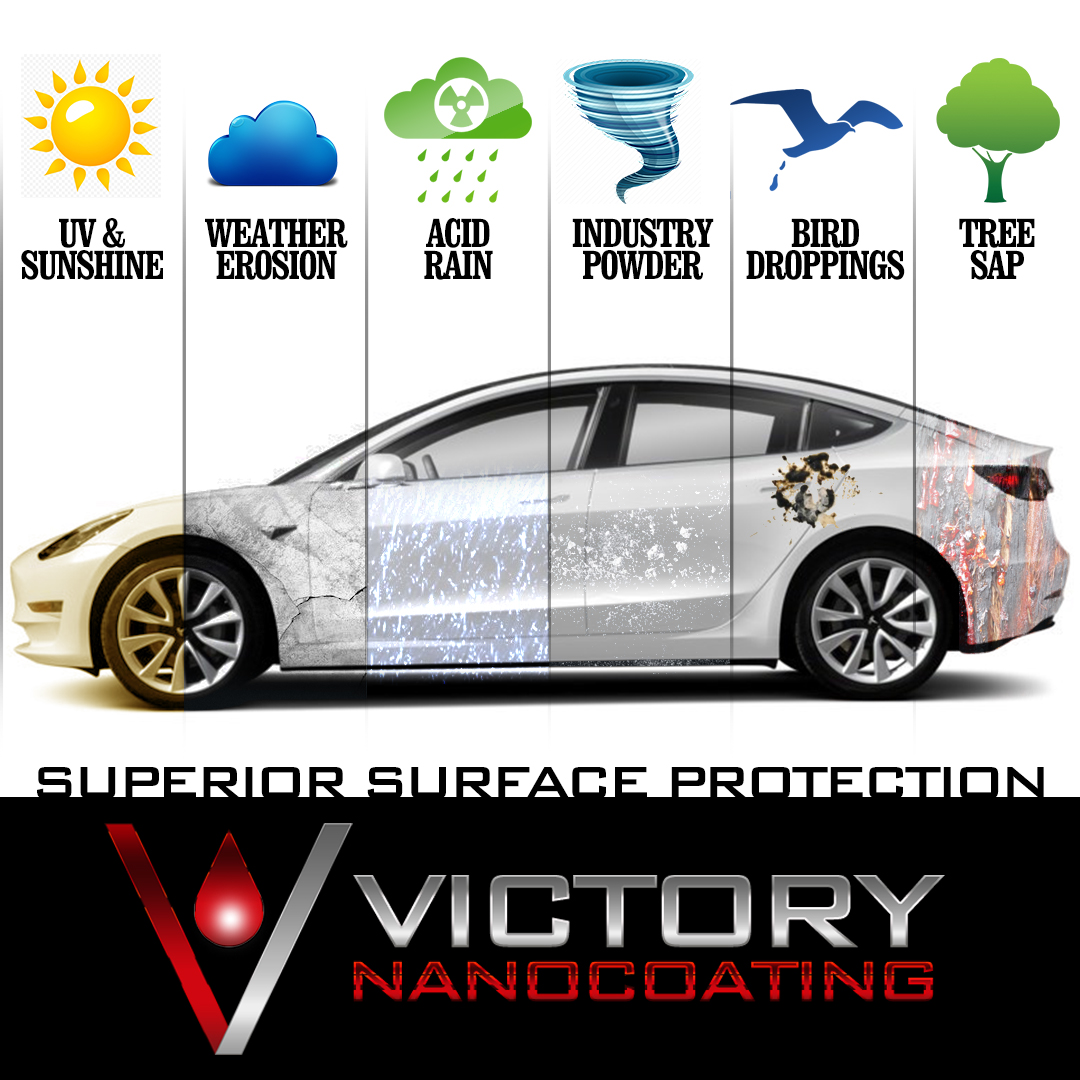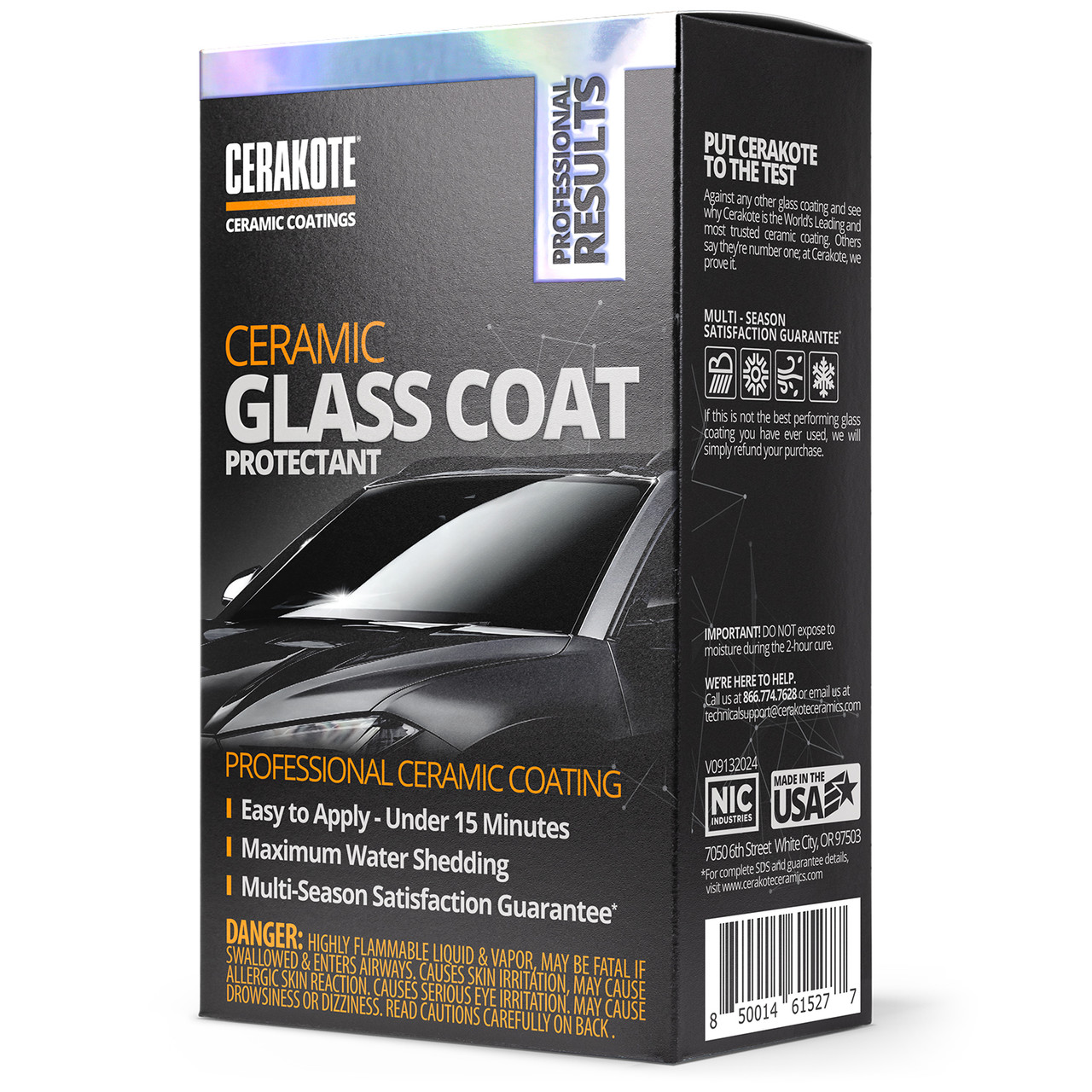Ease Maintenance with a Long-Lasting Ceramic Coating Denver Coating
Ease Maintenance with a Long-Lasting Ceramic Coating Denver Coating
Blog Article
Exactly How Ceramic Coating Can Revolutionize Your Auto Treatment Regimen
Ceramic finishing stands for a substantial development in auto treatment, offering unparalleled protection and simplicity of maintenance compared to traditional techniques. The transformative benefits of ceramic coating extend past mere looks and protection.
What Is Ceramic Coating?
Ceramic covering is a specialized liquid polymer that chemically bonds with a vehicle's manufacturing facility paint, producing a protective layer. This sophisticated technology includes an intricate chemical reaction that forms a sturdy shield, enhancing the surface area integrity of the car's outside. Unlike standard wax or sealants that merely sit on top of the paint, ceramic finishes permeate the surface, making certain a solid bond that can stand up to different ecological challenges.
The main components of ceramic finishes typically include silicon dioxide (SiO2) and titanium dioxide (TiO2), which add to its hydrophobic residential properties and resistance to impurities. When used appropriately, ceramic coatings provide a high-gloss finish that boosts the lorry's aesthetics while protecting it from UV rays, chemical spots, and oxidation. The application process needs meticulous preparation of the surface area, consisting of extensive cleansing and decontamination, to ensure optimal adhesion.
Expert setup is typically suggested to accomplish the ideal results, as incorrect application can cause irregular protection or early destruction. Overall, ceramic finishing stands for a substantial advancement in automobile security, appealing resilient efficiency and improved aesthetic allure for lorry proprietors.
Advantages of Ceramic Layer

One substantial advantage of ceramic coating is its hydrophobic residential or commercial properties, which drive away water and make it harder for dirt and gunk to abide by the surface area. This not only simplifies the cleaning procedure yet additionally decreases the frequency of laundries, inevitably preserving water and time.
Additionally, ceramic layers provide enhanced scratch resistance, maintaining the vehicle's excellent look longer than typical shaving or sealers. The long life of ceramic layers even more differentiates them, with lots of items supplying protection for a number of years, whereas standard approaches commonly call for even more regular reapplication.
On top of that, the glossy coating accomplished through ceramic coverings enhances the vehicle's shade deepness, offering an appealing sparkle that boosts its general aesthetic. Ceramic Coating Denver. Ultimately, spending in ceramic layer converts to considerable long-lasting benefits, cultivating both security and charm for your vehicle

Exactly How to Use Ceramic Coating
Applying ceramic coating requires careful preparation and focus to information to make certain optimal outcomes. Begin by extensively cleaning the automobile to eliminate dirt, grime, and contaminants.
Next, evaluate the paint for blemishes such as scrapes or swirl marks. If required, polish the surface area to attain a perfect finish, as the covering will certainly highlight any kind of flaws. When the paint is prepared, ensure the workplace is free and tidy of dust, with adequate air flow.
Before application, reviewed the maker's directions for the specific ceramic layer being utilized. Using a foam applicator or microfiber towel, apply the coating in areas, usually beginning with the roofing and working downwards. Apply slim, even layers, permitting the finishing to bond with the paint for the recommended treating time, usually in between 1-3 hours. Prevent exposing the automobile to water or severe conditions for at the very least 24 hours to make certain proper healing. Following these steps will certainly ensure a long lasting and effective ceramic covering application.
Upkeep Tips for Ceramic Coated Cars
Maintaining a ceramic-coated cars and truck calls for a tactical technique to maintain its safety qualities and enhance its longevity. To make sure ideal efficiency, start with normal cleaning using a pH-neutral shampoo specifically developed for ceramic finishes. This aids protect against the build-up of contaminants without degrading the covering.
It's crucial to clean your car every two weeks, or more frequently if look these up exposed to harsh elements. Use a microfiber wash mitt to stay clear of scrapes, and constantly clean in the shade to stop water areas. Rinse thoroughly to remove all soap deposits.
Along with cleaning, applying a maintenance spray formulated for ceramic coatings can rejuvenate the hydrophobic residential or commercial properties. This ought to be done every few months to keep the finish's efficiency.
Prevent automatic car cleans with brushes, as they can trigger micro-scratches. Ceramic Coating Denver. Instead, select touchless cleans or hand laundries

Comparing Ceramic Coating to Conventional Waxing
Ceramic covering and conventional waxing represent two distinct approaches to automotive surface defense, each with its very own collection of benefits and downsides. Conventional waxing provides a temporary shield, typically lasting a couple of weeks to a pair of months, depending upon environmental conditions and vehicle usage. It improves luster and offers a layer of protection versus UV rays, dirt, and minor contaminants, yet needs frequent reapplication to maintain performance.
In comparison, ceramic covering supplies a more long lasting solution, developing a durable, hydrophobic layer that can last for several years. Furthermore, ceramic layers are simpler to clean up due to their glossy surface, which wards off dust and grime more have a peek at this website successfully than wax.
Inevitably, the choice between ceramic finish and traditional waxing depend upon private choices, spending plan, and preferred long life of defense. For those seeking long-term benefits and very little upkeep, ceramic layer may be the superior choice.
Final Thought
In final thought, ceramic covering considerably improves lorry maintenance by giving a durable protective layer that surpasses standard waxing approaches. The benefits of enhanced scrape resistance, hydrophobic buildings, and a shiny finish underscore the value of ceramic coverings in modern auto treatment routines.
Ceramic coating is a specialized fluid polymer that chemically bonds with a car's manufacturing facility paint, producing a protective layer. When used correctly, ceramic layers supply a high-gloss finish that improves the car's aesthetics while protecting it from UV rays, chemical stains, and oxidation. To make certain optimal efficiency, begin with routine cleaning utilizing a pH-neutral hair shampoo specifically made for ceramic finishings.In verdict, ceramic finishing dramatically improves lorry maintenance by supplying a durable protective layer that outmatches conventional waxing techniques. The advantages of enhanced scrape resistance, hydrophobic properties, and a glossy coating emphasize the value of ceramic finishes in modern-day vehicle treatment regimens.
Report this page